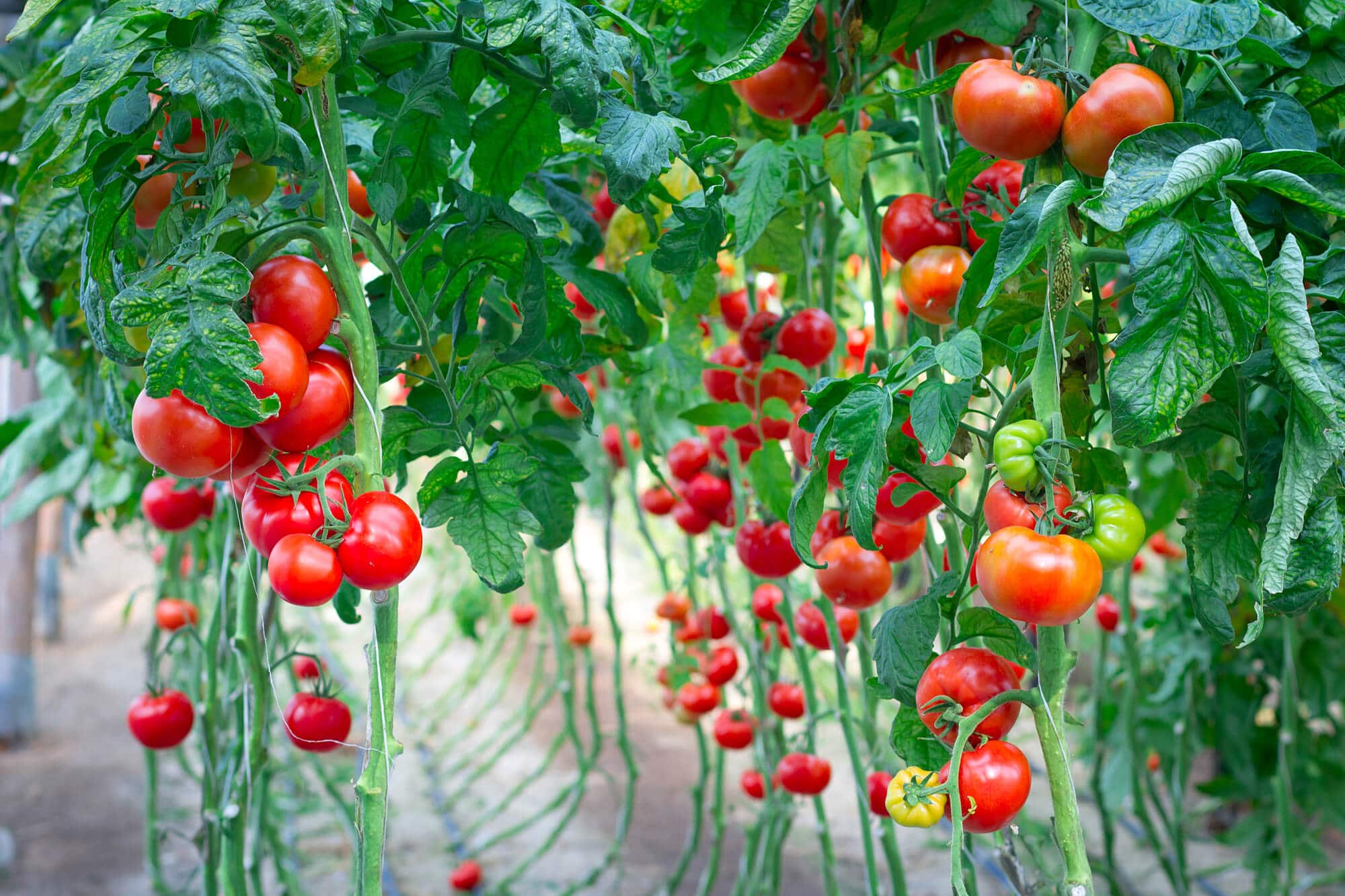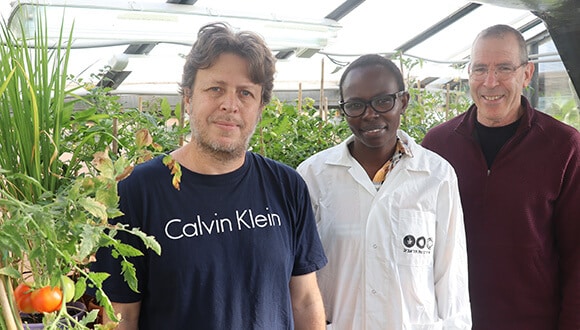The scientific breakthrough of Tel Aviv University researchers will help increase the yield of plants in drought conditions

A new discovery by Tel Aviv University has succeeded in creating and characterizing tomato varieties with higher water utilization efficiency without harming the crop. The researchers used the crisper technology and through genetic editing were able to grow a tomato that consumes less water without harming the crop, quality and taste.
The research was conducted in the laboratory of Prof. Shaul Yalovski and Dr. Nir Sade and led by a team of researchers from the School of Plant Sciences and Food Security at the George S. Wise Faculty of Life Sciences: Dr. Malikarjuna Rao Puli, former postdoc under the guidance of Prof. Shaul Yalovsky and Purity Muchoki, PhD student under the joint guidance of Prof. Yalovsky and Dr. Nir Sade. Other students and postdoctoral fellows from the School of Plant Sciences at Tel Aviv University, researchers from Ben Gurion University and a researcher from the University of Oregon in the US also participated in the research. The study was published in the academic journal PNAS.
The relationship between global warming and the efficiency of the photosynthesis process
The researchers explain that in light of global warming and the reduction in benign water sources, there is a growing demand for agricultural crops that will consume less water without harming the crop. At the same time, naturally, and because agricultural crops feed on water to grow and develop, there is great difficulty in locating suitable plant varieties.
Plants evaporate water in the process of transpiration, and absorb carbon dioxide, which they turn into sugar in the process of photosynthesis, through openings in their leaves called pions. These two processes: water inundation and carbon dioxide absorption occur simultaneously through the openings of the peonies. The leaf pinnae are openings that open and close and by this the plant controls its water system.
The researchers add that in conditions of dryness, the plant closes the leaves and thereby loses less water. The problem is that due to the coupling between the evaporation (evaporation of the water) and the absorption of carbon dioxide, the closing of the stomata causes a decrease in the amount of carbon dioxide absorbed by the plant. When plants absorb less carbon dioxide there is a decrease in photosynthesis, as a result of which the plants produce less sugar. The plants need the sugar created in photosynthesis as a source of energy, therefore a decrease in photosynthesis harms the growth of plants.
In crop plants, the decrease in photosynthesis manifests itself in a decrease in the amount and quality of the crop. In tomato, for example, the damage to the crop is reflected in the decrease in the number of fruits and their weight and the amount of sugar in the fruit. This means that there is damage to both the quantity of fruits and their quality, since fruits with a lower sugar content will be less tasty and nutritious.

We have changed the opening hours of the pawnshops
In the current study, the researchers created a change in the tomato with the help of genetic editing using the CRISPR method in a gene called ROP9. The ROP proteins function as switches that are in an active or inactive state.
"We discovered that damage to the activity of the ROP9 (when they are not active), causes a partial closure of the leaves, especially in the afternoon hours when the rate of water loss from the plants during the watering process is the highest. On the other hand, in the morning and afternoon when the watering rate is lower, there was no significant difference in the rate of water loss compared between control plants and plants affected by ROP9", explains Prof. Yalovski. "Because the leaves were open in the morning and in the afternoon, the plants could absorb enough carbon dioxide and there was no decrease in photosynthesis even during the afternoon, when the leaves are more closed in plants affected by ROP9", he adds.
In order to check the effect of ROP9 damage on the crop, the researchers did a field experiment with hundreds of plants. The experiment showed that although the plants affected by ROP9 lose less water during the watering process, there is no damage to photosynthesis, the quantity of the crop and its quality (the amount of sugar in the fruits). Also, the research identified a new and surprising mechanism for controlling the opening and closing of the pions that is related to the level of oxidizing substances in the pions and therefore has very important aspects for basic science as well.
"There is a lot of similarity between the ROP9 from tomato and ROP proteins from other crop plants such as pepper, eggplant and wheat. Therefore, it is possible that our discoveries described in the article could form a basis for the development of additional crop plants with improved water utilization efficiency and for a deeper understanding of the effect on the closing and opening of pionias", concludes Dr. Sade.
More of the topic in Hayadan:
- How do plants cope with the growing lack of water?
- Look at the tea pot - maybe soon it will become extinct
- Israeli scientists have developed tomatoes enriched with vitamins
- Israeli-Jordanian cooperation: a virus was developed that enables the cultivation of tomatoes during periods of drought
- The common fight of bacteria and plants against viruses
